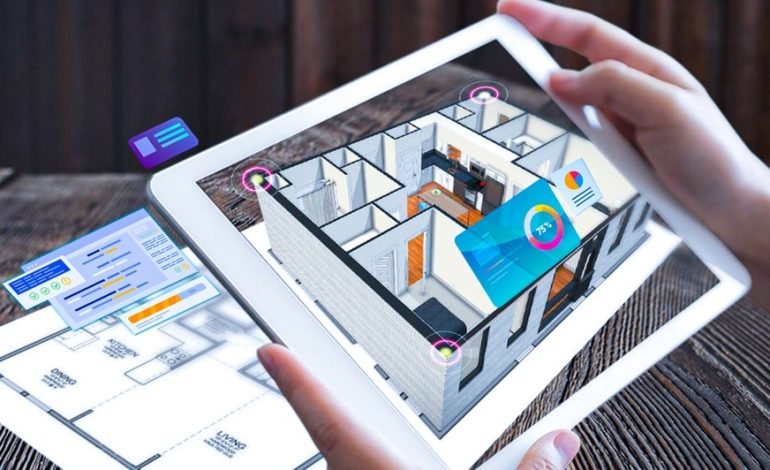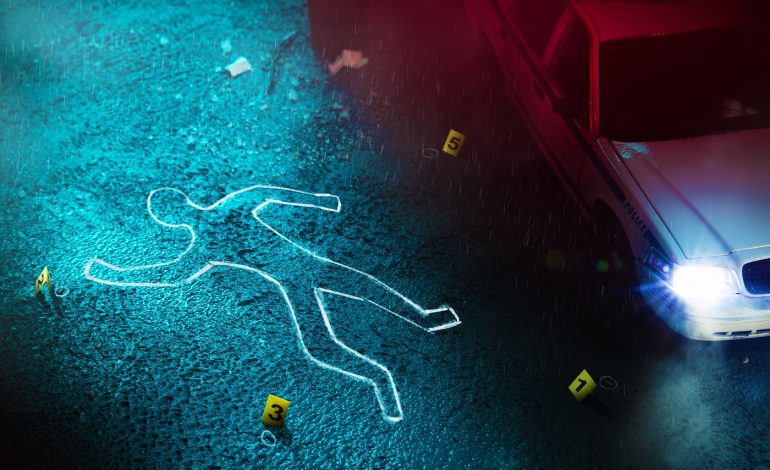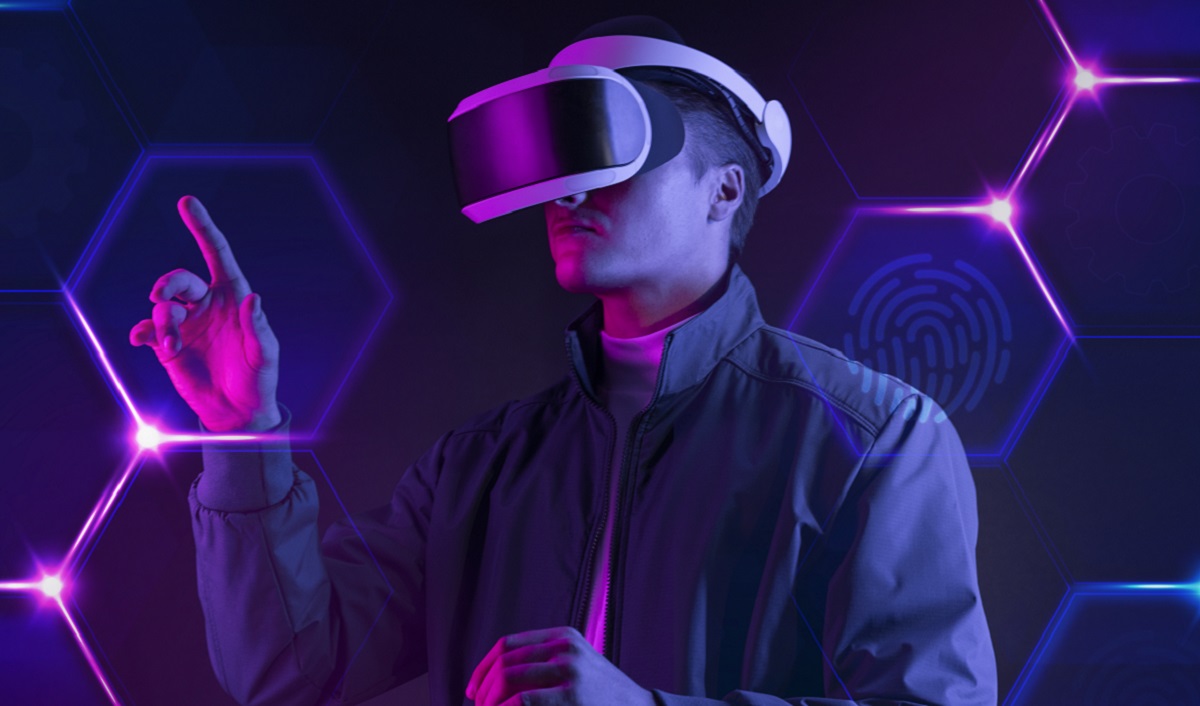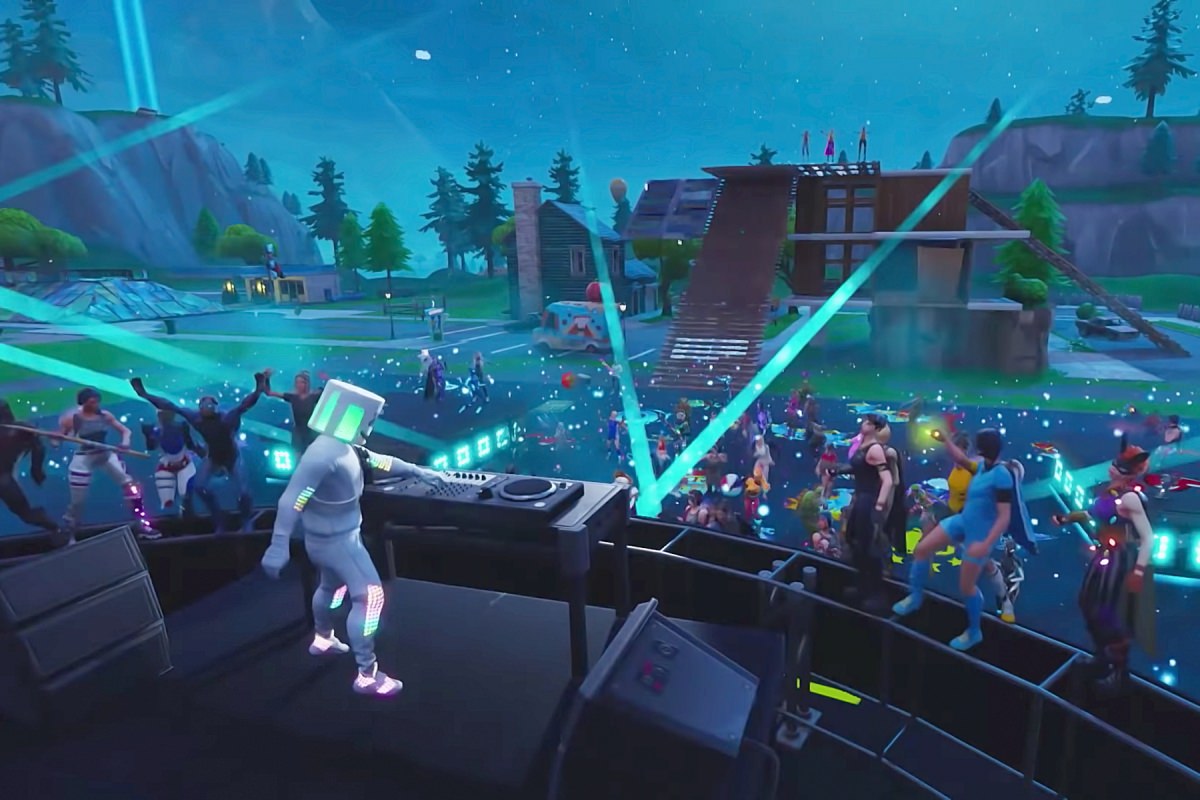An Augmented Reality Bridge to Safely Assess Dangerous Structures
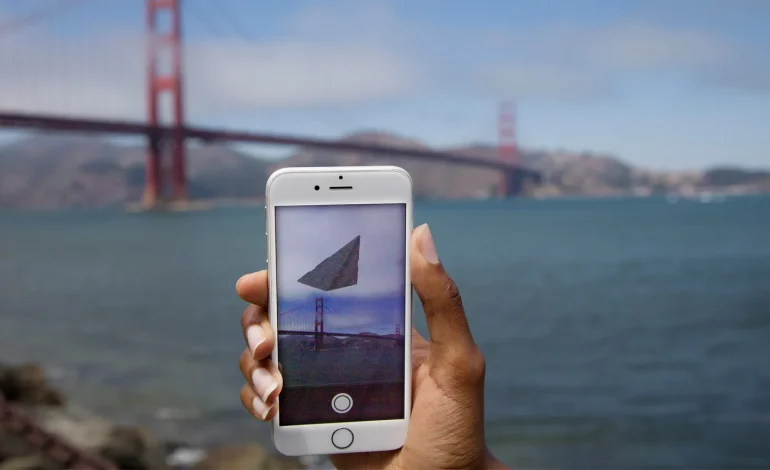
The recent increase in worldwide bridge collapses has experts scrambling to develop new and efficient ways to assess the safety of aging bridges. Augmented reality bridge (AR) bridges may be one solution, allowing engineers and inspectors to quickly analyze the condition of bridges using their smartphones and tablets, without ever having to come near the dangerous structures themselves. Let’s take a closer look at how AR bridges work and how they could help keep people safe in their everyday lives.
What is augmented reality?
Augmented reality (AR) is an interactive computer-generated experience of a physical, real-world environment whose elements are augmented by computer graphics or other digital content. In other words, it’s when you mix the physical world with the virtual world. With AR, people can see a 3D model on top of what they’re actually seeing in their physical surroundings. It has been used in movies and video games for years but now it has applications outside of entertainment and games.
How can augmented reality help assess dangerous bridges?

Augmented reality has the potential to be a powerful tool for assessing the structural integrity of bridges. This is because it combines the power of augmented reality bridge and 3D modeling with real-world data. With this technology, engineers are able to virtually scan a bridge and see its condition in three dimensions.
They can then use this information to identify any potential dangers or defects that might not be visible from just looking at it from one angle. For example, they could look inside the bridge’s trusses (the framework that supports the road) and see if there’s any corrosion building up or water leaking through. All of these things would have been difficult to detect without this type of high-tech equipment.
Additionally, the same kind of systems will be able to monitor these structures and alert authorities when something is going wrong. Engineers and inspectors will be able to upload information about the bridge into an AI system that uses machine learning to keep track of changes over time. If anything goes wrong, the AI can take appropriate measures before it’s too late–even sending out an emergency warning so people on or near the bridge know what to do.
What are the benefits of using augmented reality for bridge assessment?
Augmented reality bridge are an innovative way to quickly and safely assess what needs to be done on a bridge. Using augmented reality, you can look at the structure from any angle and see what needs to be done. This is safer than climbing up onto the structure or using a drone or helicopter. You also don’t need any special equipment like scaffolding or harnesses, so this is perfect for people who want a quick assessment without spending too much time on it.
The other big benefit of augmented reality is that it saves a lot of money because there’s no need for costly inspections or repairs. For example, if there’s only one small crack in a piece of cement and you’re able to find that with AR then there’s no need to pay someone thousands of dollars just to climb over every inch of the bridge looking for cracks.
How does the augmented reality bridge assessment system work?

This augmented reality bridge assessment system is an innovative way of quickly assessing the structural stability of bridges without endangering any workers. The user simply downloads the app on their phone, and then they must walk back and forth across the bridge while looking at their screen. As they walk, various features of the bridge will show up on their screen in different colors depending on what they are: blue means good, yellow means caution, and red means danger.
In addition, any problems that might be present with the bridge also show up as words or symbols that pop up from time to time as you cross the bridge. The last step is for the person doing the assessment to report what color he sees for each part of the bridge, and a map will display where exactly all of those colors are located.
Augmented Reality Bridge Rapid Assessment Goals

-To create a mobile app that provides 3D models of bridges and other structures in an effort to help engineers assess the safety of these structures
-To use augmented reality technology so as not to disrupt inspections
-To provide training materials for individuals who will be responsible for assessing the structural safety of these bridges
-To design an interface that is intuitive and easy to use. -The ARBRA app will include both digital and physical components
-Users can upload bridges they are inspecting to the system, enabling them to receive feedback on their findings
Conclusion
The augmented reality bridge is a safe way to assess dangerous structures. It also provides a virtual reality experience for someone who is not physically able to access the site. We hope this bridge will help us safely and quickly assess dangerous structures in the future. There are still limitations to what can be seen on the other side of a barrier that an augmented reality bridge cannot cross. Even so, this tool has great potential, especially for emergency situations where workers are at risk from unknown dangers lurking nearby or inside.

